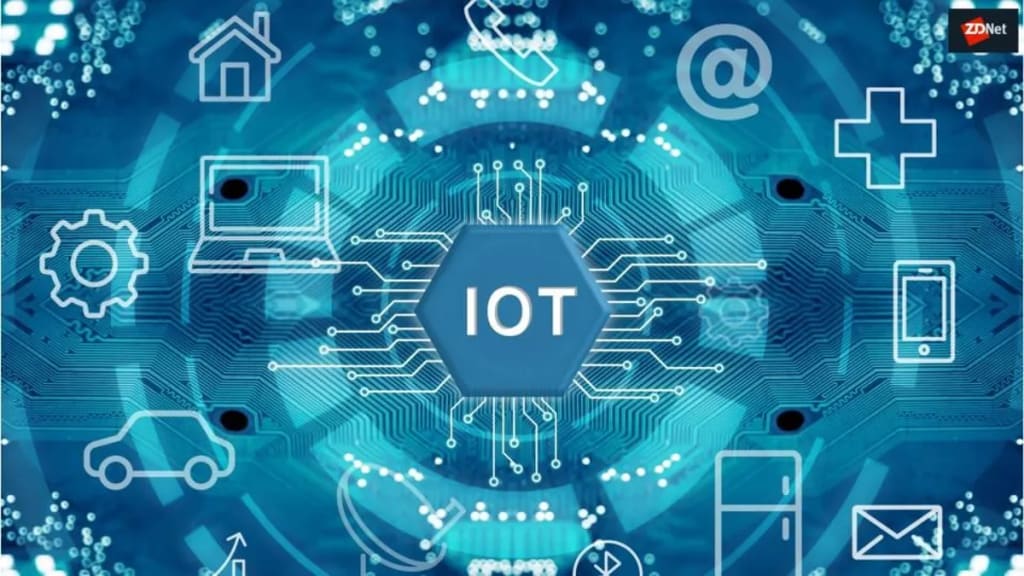
The Internet of Things, or IoT, refers to the interconnected network of physical devices, vehicles, buildings, and other objects embedded with sensors, software, and connectivity which enables these objects to collect and exchange data. This technology is revolutionizing the way we live and work by making our lives more convenient and efficient.
One of the most significant benefits of IoT is the ability to collect and analyze large amounts of data. IoT devices can collect data on various parameters such as temperature, humidity, and motion, which can be used to improve the performance of various systems and processes.
For example, in a manufacturing facility, IoT sensors can be used to monitor the performance of machines and identify potential issues before they lead to downtime. Similarly, in agriculture, IoT devices can be used to monitor weather conditions and soil moisture to optimize crop yields.
Another benefit of IoT is the ability to control and automate various systems and processes.
IoT devices can be used to control lighting, heating, and security systems in buildings, as well as industrial processes such as manufacturing and logistics. This can lead to significant energy savings, as well as improved efficiency and productivity.
IoT is also driving the development of smart cities, where various systems and processes are connected and controlled to improve the quality of life for citizens. For example, traffic lights can be connected to traffic sensors to optimize traffic flow, and waste management systems can be connected to sensors to optimize collection routes.
IoT is also changing the way we interact with our environment, with the advent of smart homes, where various devices and appliances can be controlled and monitored remotely. For example, one can control the temperature of the home, turn off the lights, and lock the doors using a smartphone.
In healthcare, IoT is being used to improve patient outcomes and reduce costs. Wearable devices such as fitness trackers and smartwatches can be used to monitor vital signs and alert healthcare providers to potential issues.
Remote monitoring devices can also be used to track patients with chronic conditions, such as diabetes and heart disease, to ensure they receive the appropriate care.
However, as with any new technology, there are also concerns about the security and privacy of IoT devices. As more and more devices are connected to the internet, the risk of cyberattacks increases.
Hackers can gain access to sensitive information and control over IoT devices, which can lead to serious security breaches. To address these concerns, it is important to ensure that IoT devices are designed with security in mind and that appropriate measures are in place to protect against cyberattacks.
In conclusion, the Internet of Things is a rapidly growing technology that has the potential to revolutionize the way we live and work. From improving industrial processes to making our homes more convenient and energy-efficient, IoT is driving innovation in many areas.
However, as with any new technology, it is important to be aware of the potential risks and take appropriate measures to protect against them. As the technology continues to evolve, it will be exciting to see what new applications and possibilities will arise.
About the Creator
Naveedh
I am just exploring my writing skills






Comments
There are no comments for this story
Be the first to respond and start the conversation.